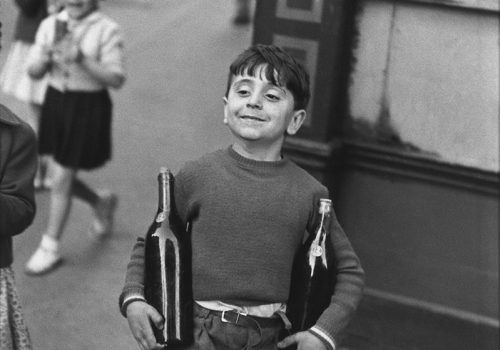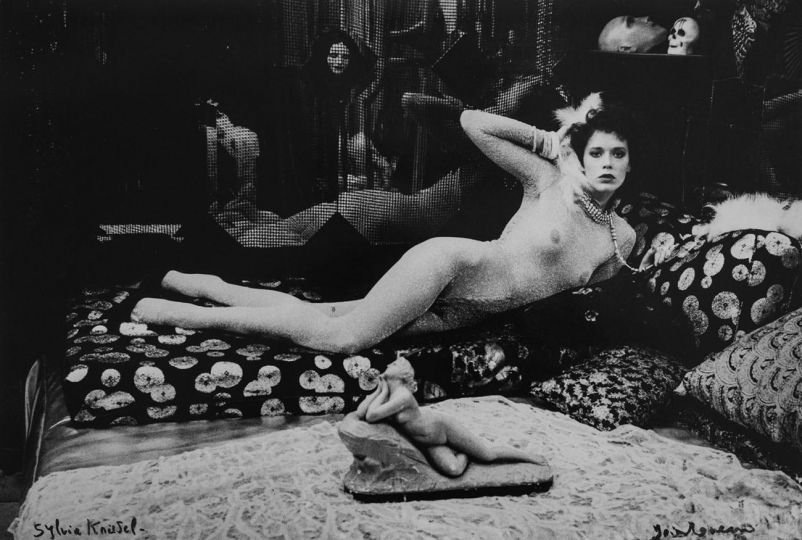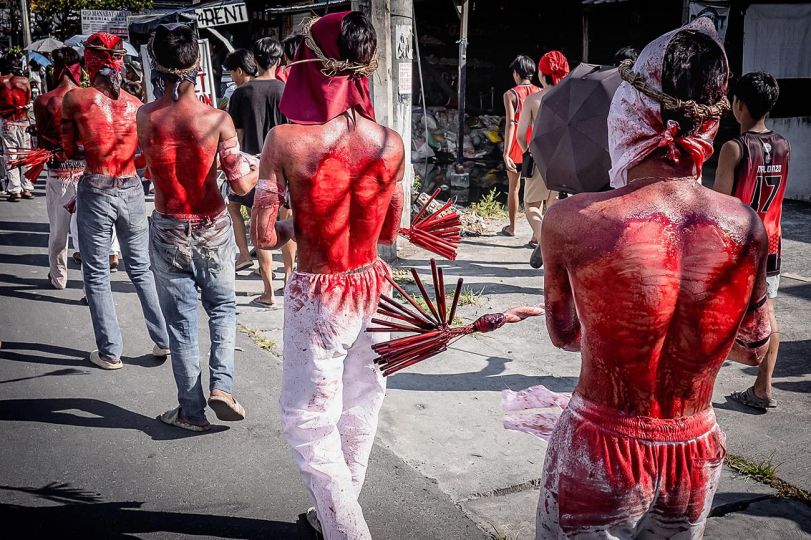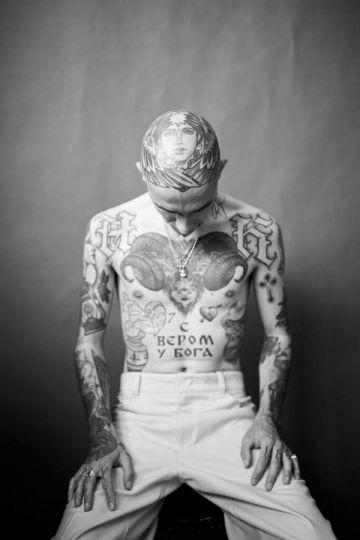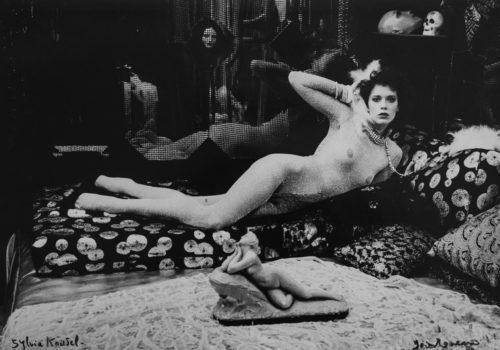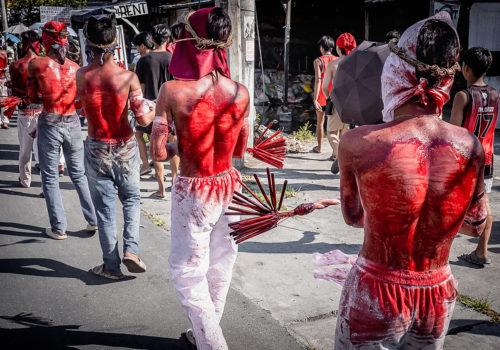The Fondation’s conservation department regularly presents images that stand-alone, on the path of the visitors, that tell a unique story and thereby unravells the life of the man who bears the name of the institution. These pearls embody the remarkable career of a 20th century man, steeped in literature and art, whose curiosity was only equalled by his freedom.
Many photographs of Henri Cartier-Bresson are now part of the collective memory and have left a lasting impression due to their link with history, each individual appropriating and forming an attachment with the images depending on their own sensitivity and personal experience.
The collection of more than 30,000 original prints selected by the photographer has many surprises in store. Each new exhibition at the Fondation HCB will reveal rarely published photographs.
This programme is supported by the Gutenberg Agency.
Rue Mouffetard, 1952
Henri Cartier-Bresson is 44 years old. With the emergence of photography on the art market and Cartier-Bresson’s established reputation, some of his photographs become very successful with collectors in the 70s. A prime example is the photograph of the young boy proudly walking down rue Mouffetard in Paris carrying two bottles of wine. Americans loved it, saying it was quintessentially “French”. But Cartier-Bresson, who felt it was essential at the time to include this photograph in his book Les Européens (The Europeans, 1955), would ultimately lament its success. He didn’t completely recognise himself in this image and refused
all reproduction. It is no longer offered by Magnum Photos nor printed for collectors. Due
to its bonhomie and construction, it is not uncommon for this photograph to be attributed
to his friend Robert Doisneau. In the 90s, some photographers and gallerists argued that the number of prints of the same image should be limited and numbered to stimulate the market. Cartier-Bresson disagreed with this. Although considered one of the fathers of modern photography, the value of his prints took a while to take off, unlike artists who limited
their works’ distribution. Before his death, he anticipated the impossibility of controlling
his works’ quality and interpretation, and therefore forbade post-mortem prints. The value
of his works in auctions rose as a consequence of this decision.
Fondation Henri Cartier-Bresson
79 rue des Archives – 75003 Paris

